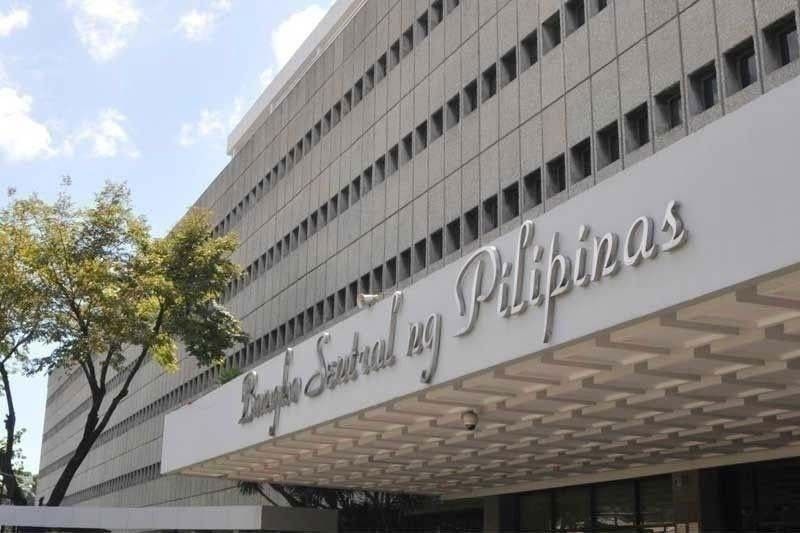More ‘hot money’ exits Philippines in January
Keisha Ta-Asan – The Philippine Star March 2, 2024 | 12:00am Data released by the Bangko Sentral ng Pilipinas (BSP) showed foreign portfolio investments registered with the central bank through authorized agent banks stood at $75.83 million in January, a reversal of the $291.35 million inflows recorded in the same month in 2023. STAR / […]


Keisha Ta-Asan – The Philippine Star
March 2, 2024 | 12:00am
Data released by the Bangko Sentral ng Pilipinas (BSP) showed foreign portfolio investments registered with the central bank through authorized agent banks stood at $75.83 million in January, a reversal of the $291.35 million inflows recorded in the same month in 2023.
STAR / File
MANILA, Philippines — More foreign capital left the Philippines in January, marking the second straight month of net outflow, amid continued economic uncertainties globally.
Data released by the Bangko Sentral ng Pilipinas (BSP) showed foreign portfolio investments registered with the central bank through authorized agent banks stood at $75.83 million in January, a reversal of the $291.35 million inflows recorded in the same month in 2023.
However, this was 63 percent lower than the $205.18 million outflows recorded in December.
Security Bank chief economist Robert Dan Roces attributed the reversal to elevated interest rates in developed economies and continued economic uncertainties.
This “may have led investors to seek safer havens for their investments, pulling them out of emerging markets like the Philippines,” he said.
Roces also cited market worries on domestic inflation, economic growth and political stability in the country, as these could have made investments into the Philippines appear less attractive.
Foreign portfolio investments are also known as hot money or speculative funds, as these flow regularly between financial markets when investors try to ensure they get the highest short-term interest rates possible.
“However, the data also suggests some continued interest in specific Philippine assets or sectors, as evidenced by the increase in gross inflows,” Roces said.
Based on BSP data, gross inflows jumped by 23.1 percent to $1.24 billion in January from a year-ago level of $1 billion. It was also 15.9 percent higher than the $1.07 billion in December 2023.
More than half or 62.7 percent of the total inflow went to securities listed on the Philippine Stock Exchange, particularly banks; holding firms; property; transportation services as well as food, beverage and tobacco.
The remaining 37.3 percent went to government securities and other investments.
The bulk or 85.5 percent of the total inflow in January came from the United Kingdom, the US, Singapore, Luxembourg and Hong Kong.
Meanwhile, net outflows surged by 83.9 percent to $1.31 billion in January from $712.56 million in the same month in 2023.
The US remained as the top destination of outflows, accounting for 45.8 percent of the total amount pulled out from the Philippines.
“Looking ahead, foreign portfolio investments in the Philippines remain hinged on various evolving factors, including global economic developments and our own economic performance, including government policies impacting the investment climate,” Roces said.
The BSP expects foreign portfolio investments bouncing back with a net inflow of $1.7 billion this year, a turnaround from the $247.3 million net outflow in 2023.














